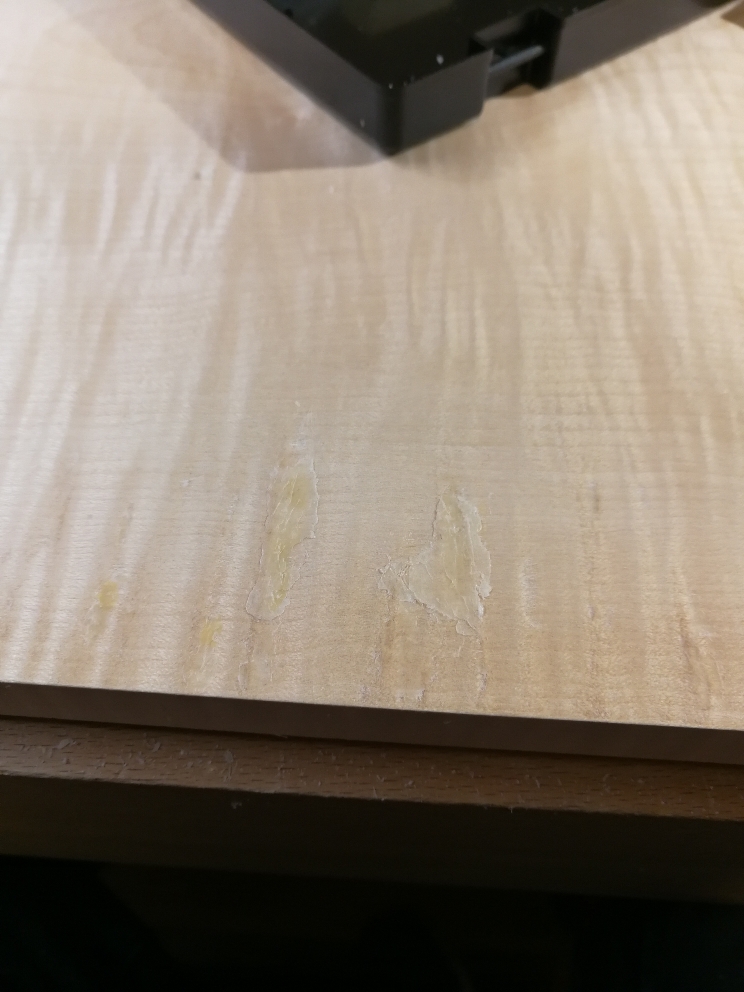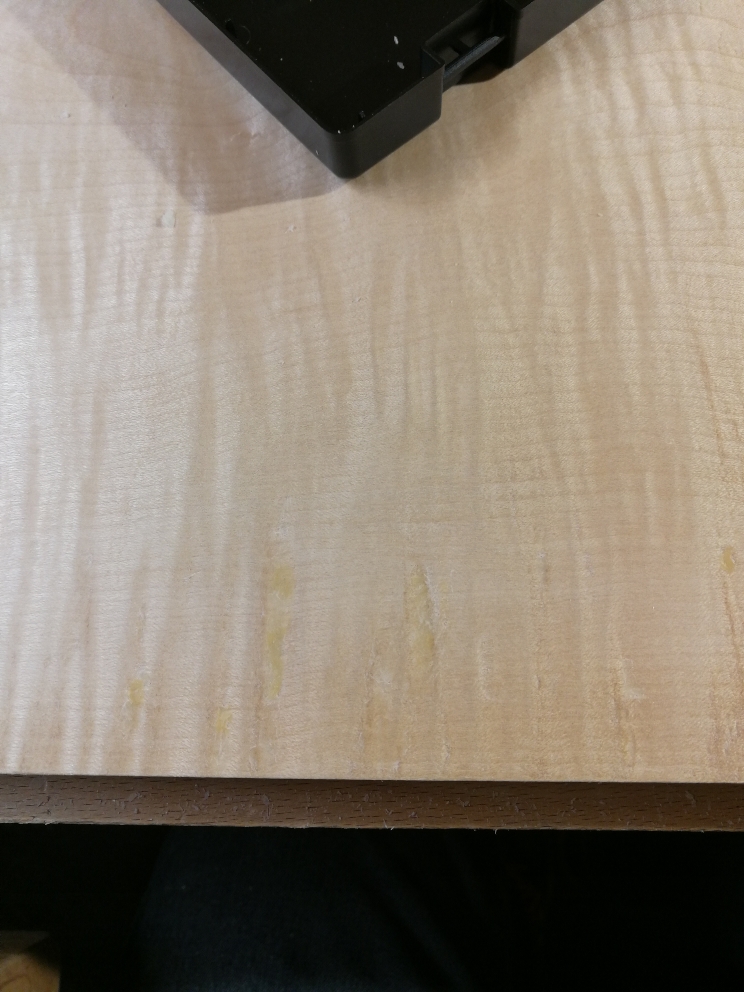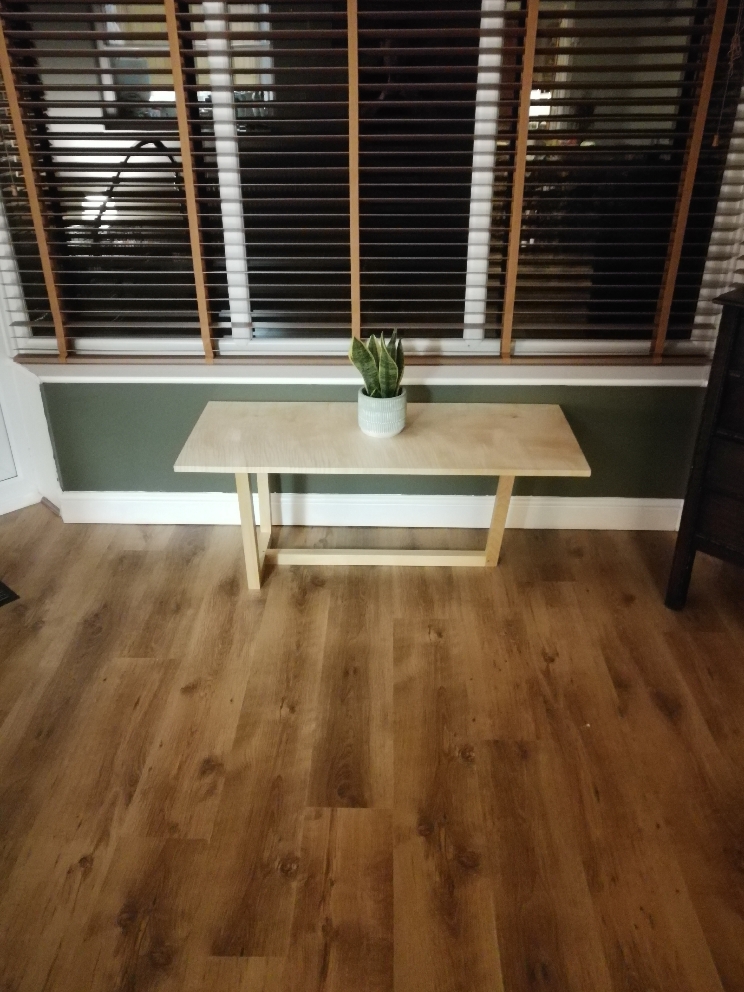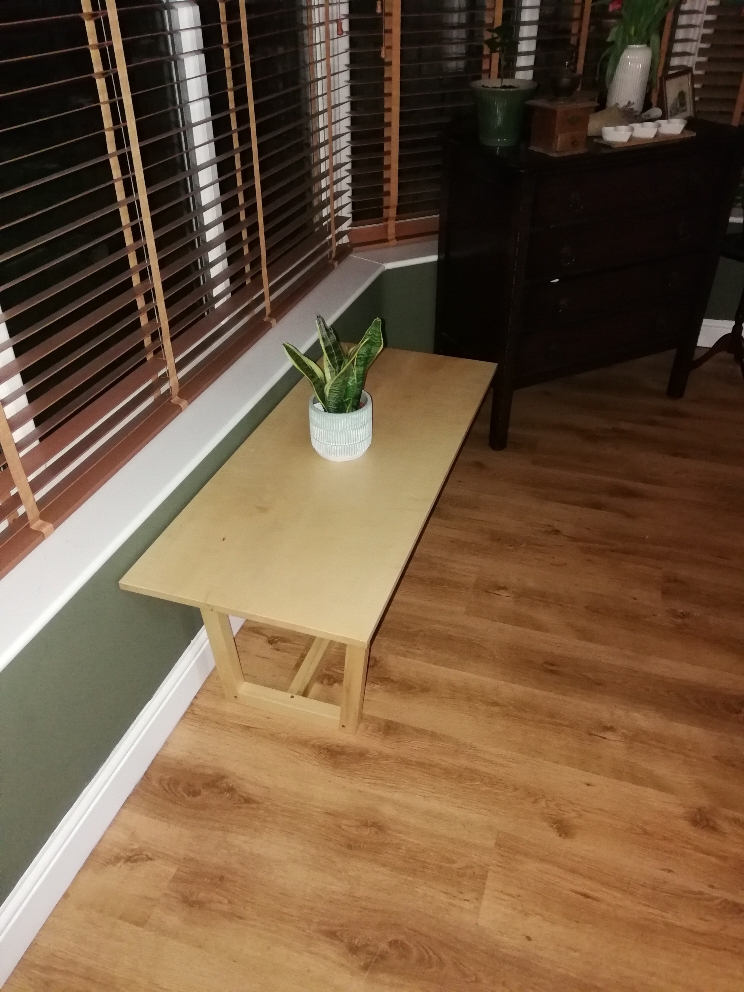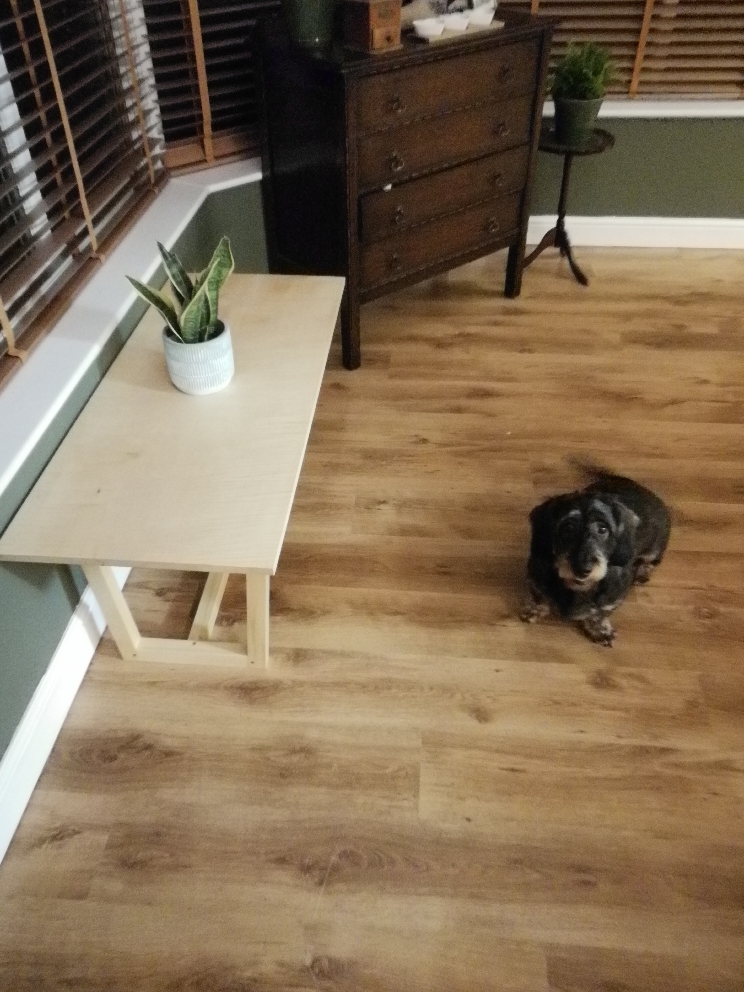Thanks all guys for your inputs. I really appreciate the time you take to answer !
I wanted to avoid the hand tool method, as it is what I started with to flatten the board. However, got fed up to not manage get it flat both ways (width and length), so got pissed, cut the board in half and put it in the PT. Looks like karma hit back and punished me ...
The patch/Dutchman method sounds like a very good method, but as noticed by Custard, you need some experience doing that. Never tried it, so that would be the least option for me, when I have tried everything else.
I was thinking at some epoxy with some blue dye, could look nice on the clear timber.
I gave a try at the hard wax method tonight. It definitely doesn't hide it, but reduces it's visibility a lot.
I want to finish this project, as the project manager (=wife to be) start to be impatient, so it will do for now.
However, im not really happy with the overall design of the table (not very stable) so I will do another table later with a second slab of ripple sycamore, and use this not-stable one as a conservatory table
Then I will rework the top and plane it again by hand until the tear out disappear.
But it's really frustrating to spend so much time on a project and being held back at the end because some tear out !
I will post a pic of the finished table once finished, probably this week end.
Oh, and gonna order a new set of knives to my PT...
Thanks again a lot for your messages, really appreciate that !
Here is a pic of the fix, before and after cleaning...
Sent from my VKY-L09 using Tapatalk






































